To make a tarte of apples and Orange pilles. TAke your orenges, and lay them in water a day and a night, then seeth them in faire water and hony, and let them seeth till they be soft: then let them soak in the sirrop a day and a night: then take them forth and cut them small, and then make your tart and season your Apples with Sugar, Synamon and Ginger, and put in a peece of butter, and lay a course of Apples, and betweene the same course of apples, a course of Orenges, and so course by course, and season your Orenges as you seasoned your Apples, with somewhat more sugar, then lay on the lid and put it in the ouen, and when it is almost baked, take Rosewater and Sugar, and boyle them together till it be somwhat thick, then take out the Tart, and take a feather and spread the rosewater and Sugar on the lid, and set it into the Orenges, Pilles Ouen againe, and let the sugar harden on the lid, and let it not burne.The good Huswifes Handmaide for the Kitchin (1588)
So there is a redaction of this recipe already by Gretchen Miller. I am going in a different direction from where she went. I will put a top and bottom on my tarts and I won’t be using whole oranges.
Although I won’t be following the recipe literally, for example I will peel and core my apples instead of leaving them whole because it doesn’t actually say to cut them up, I think the important aspects–removing the bitterness from the orange peels, and giving the pie a layered look, and seasoning with the spice choices listed above–will be followed.
I am going to use orange peels instead of whole oranges for the title of the recipe is “tart of apples and orange peels” not orange slices. Although there are sweet oranges by 1588 in England but the most common are Seville oranges. These oranges are not very juicy, the ‘meat’ is rather stringy, and they full of seeds.
Soaking peels and simmering them in sugar-water is a way of taking the bitterness out of the peel. I am not sure that whole oranges, although they will soften when simmered, will sweeten cooked this way.
Orange peels can be made into marmalade using this technique (soaking the peels, boiling, rinsing in water, simmering in syrup.) If you really want to cheat prepared marmalade would totally turn this from a 3 day project to a 1 day.
Directions:
Day 1:
Ingredients: peels from 3 Seville oranges
Directions: Slice the peels thin, removing as much of the white pith as you can. Submerge the peels in water. If you leave them on the counter you can change the water as much as you feel like.
Day 2:
Ingredients: 2 cups of honey
Directions: Drain the peels and cover them with honey and an equal amount of water, then stir well. Put saucepan on a high heat until it comes to a low boil, and then reduce to low heat. Simmer for 2 hours. Cover pot and set aside for 1 day.
Day 3 (actual tart day!):
Ingredients:
* 6 apples, peeled and sliced into thick rounds
* 1/4 cup + 1/2 cup + 4 tbsp raw sugar
* 1 tsp + 1/2 tsp cinnamon, ground
* 1 tsp + 1/2 tsp ginger, ground
* 1/4 cup butter
* pastry for top and bottom of pie
* 2 tsp of rosewater
Directions:
- Preheat oven at 350F
- Mix apples, 1/4 cup of sugar, 1 tsp cinnamon, and 1 tsp ginger together.
- Drain orange peels. Mix peels, 1/2 sugar, 1/2 tsp cinnamon, and 1/2 tsp ginger together.
- In bottom of pie shell drop pieces of butter.
- Layer the pie with one layer of apple slices, then cover the slices with a portion of the orange peel mixture. Repeat, but make sure to overlap the apple slices with the bottom ones for more coverage. Repeat until you are out of fruit mixes and then cover pie with rest of pastry. Cut a few small slits in lid.
- Bake pie for 50 minutes.
- Mix 4 tbsp of sugar with the rosewater. Using a pastry brush brush top of pie with this ‘icing’. Return pie to oven for 10 more minutes or until pie is bubbling and a golden brown.

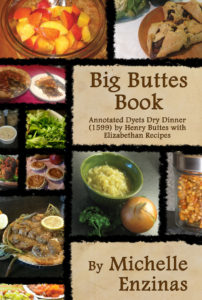
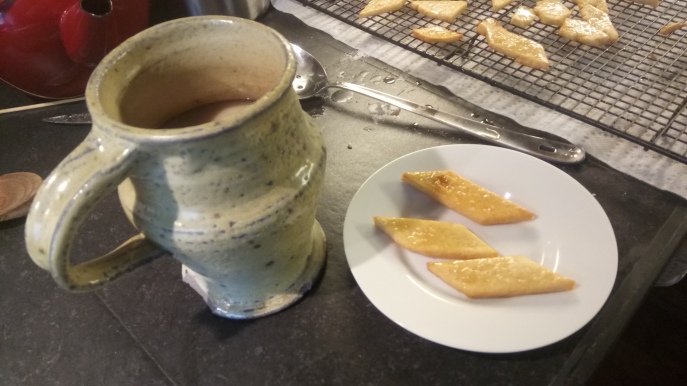
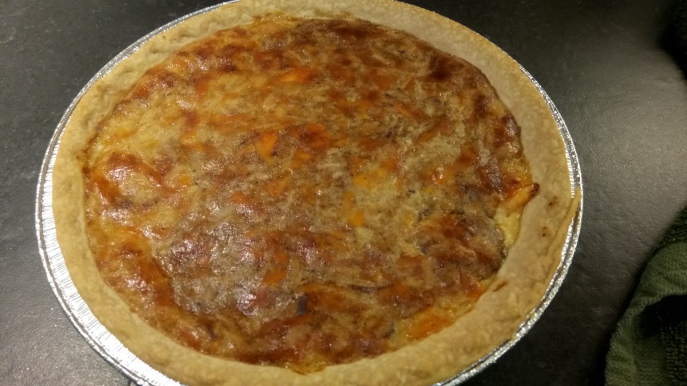
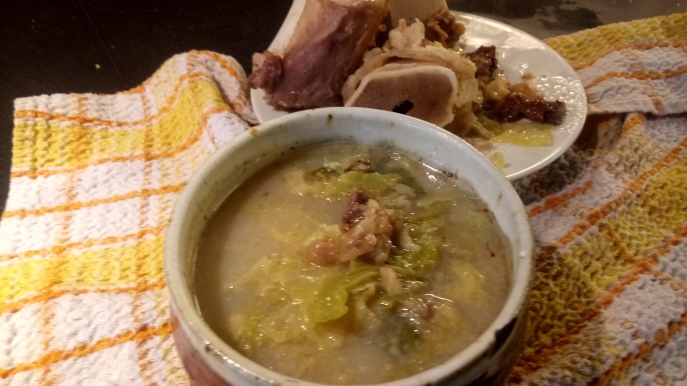
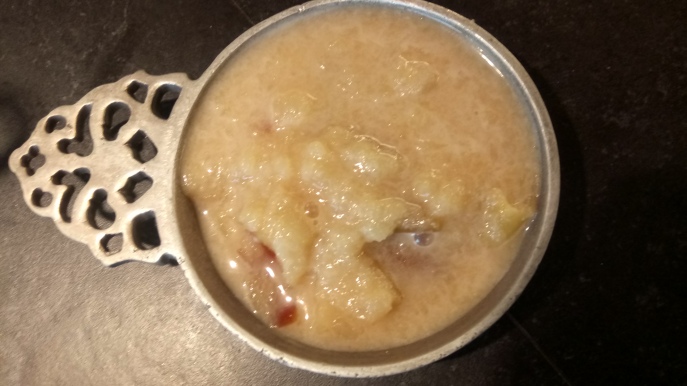 When I wasn’t feeling well I started looking up medieval recipes meant to serve to a sick person and this recipe stuck in my brain:
When I wasn’t feeling well I started looking up medieval recipes meant to serve to a sick person and this recipe stuck in my brain: